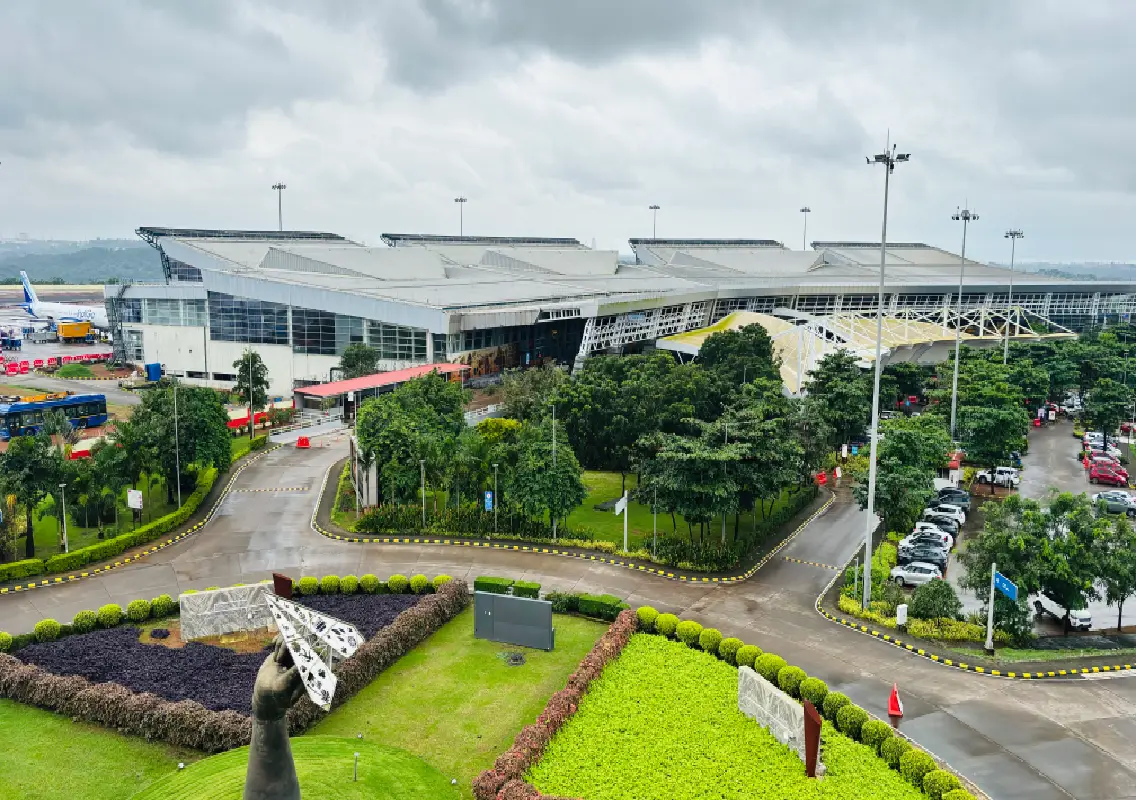Copyright mehrnews

Mazandaran is rapidly emerging as a premier destination for religious tourism, a dimension that adds profound historical depth to its famous reputation for scenic coastlines and lush forests. In the north of Iran, a beautiful region called Mazandaran is becoming a major destination for a special kind of travel: religious tourism. While famous for its stunning coastlines along the Caspian Sea and lush green mountains, the province holds a hidden treasure. It is home to an incredible 1,262 sacred shrines. These sites are dedicated to important figures in Shia Islam, making the area a profound spiritual center. This new focus adds a deep historical and cultural layer to Mazandaran’s identity, which is already well-known for nature vacations and local food. To celebrate its unique culture, Iran has even established an official Mazandaran Day on the national calendar. This recognition helps promote the region’s diverse attractions, from its natural wonders to its rich heritage, inviting visitors to explore a land where faith and history are beautifully woven into the landscape. The northern Iranian province, whose territory is divided between the coastal plains of the Caspian Sea and the mountain areas of the Alborz range, is home to a remarkable 1,262 Imamzadeh shrines. This vast network of sacred sites is positioning the region, with Sari as its capital, as a significant center for faith-based travel, complementing its well-known ecotourism, rural getaways, and local cuisine. This multifaceted identity was formally recognized with the establishment of the 14th of Aban (November 5) as "Mazandaran Day" on the national calendar. The annual observance acts as a platform to promote the province's diverse attractions, from its natural wonders to its historical and cultural heritage, while also encouraging the preservation of the local language and traditions through cultural ceremonies, art exhibitions, and public programs. The province's role as a bastion for religious tourism is deeply rooted in its history as a sanctuary for Shia Islam. While Mazandaran is widely known for its pleasant climate and beautiful landscapes, its historical significance stems from being the cradle of the first Shia state in Iran. Historical records indicate that the people of the north were uniformly devoted to the Ahl al-Bayt, making the region a center for opposition against the Abbasid caliphate. The specific geography of the area, including the formidable Alborz mountains and dense forests, acted as a natural fortress. This rugged terrain blocked the advances of Umayyad and Abbasid forces, effectively turning the region into a haven for Shia descendants of Imams and scholars. This historical context directly explains the high concentration of Imamzadeh shrines that form the backbone of Mazandaran's religious tourism potential today. Founding of a Shia Legacy The foundations of this legacy were laid with the establishment of the Alavid state in Tabarestan, the historical name for the region that later became known as Mazandaran. The first Shia government in Iran began in the historic village of Salehan Kajur, in what is now Noshahr. The pivotal moment occurred when Hasan ibn Zid Alavi, having been invited to the region, led the Eid al-Fitr prayer on the 14th of Aban in the year 243 of the Persian calendar. The people’s allegiance to him that same day marked the official foundation of the first Alavid Shia state, a watershed moment in Iranian history. Today, the people of Mazandaran celebrate this rich heritage during the national week bearing the province's name. In cities like Babol, located in the central plain, locals hold festivals such as "Zelf-e She," which features authentic Mazandarani music. The term, referring to a gentle rain that perfects one's hair, poetically reflects the province's natural environment. From the capital city of Sari to the mountainous interior, Mazandaran Day fosters a collective pride in a history where geography protected faith, and where a commitment to religious identity shaped the nation. The growth of religious tourism in the province offers a compelling narrative that intertwines deep spiritual roots with an enduring and vibrant cultural tapestry. As Mazandaran Day is celebrated each year, it underscores a powerful legacy where geography protected faith. The province’s transformation into a hub for religious tourism is no accident, but the direct result of its history as a sanctuary for Shia Islam and the cradle of the first Shia state in Iran. This deep spiritual heritage, embodied by its 1,262 shrines, now adds a profound dimension to its scenic allure. The annual observance does more than promote tourism; it reaffirms a unique identity, inviting all to explore a land where ancient devotion is forever woven into the stunning landscapes of forest and sea. This synergy of faith and nature promises a lasting and meaningful appeal for visitors worldwide. Reported by Tohid Mahmoudpour



